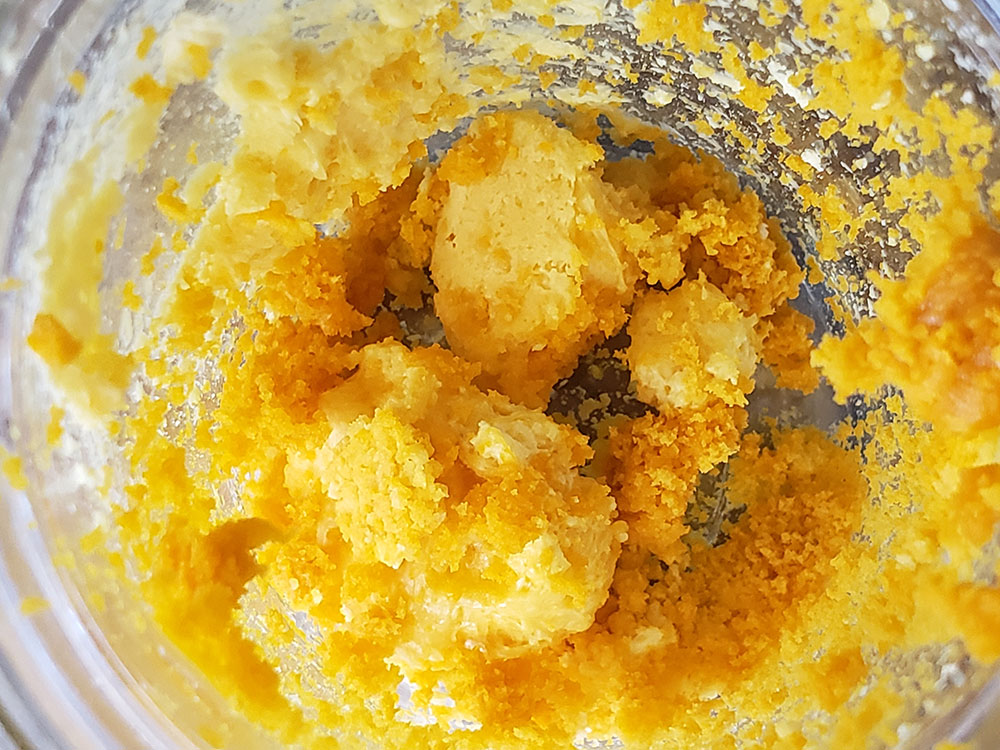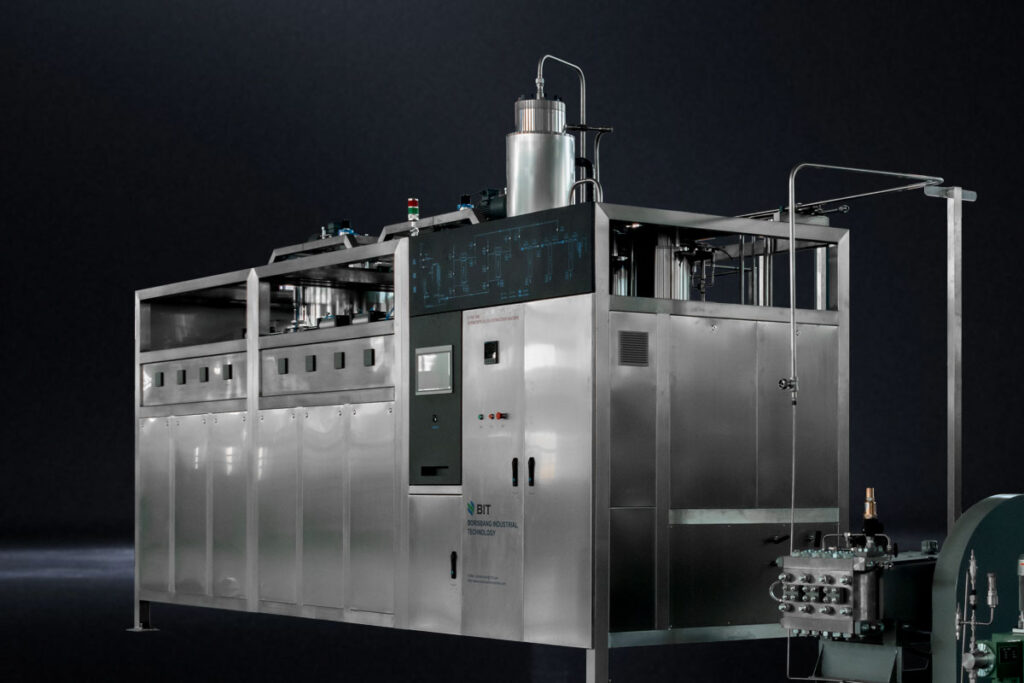What Is Rose Concrete?
Rose concrete is the initial aromatic extract obtained during rose essential oil production. It is a semi-solid, waxy substance rich in fragrance compounds, derived from fresh or dried petals of Rosa damascena, commonly known as Damask rose. Known for its intense floral aroma, rose concrete serves as a fundamental raw material in high-end perfumery and natural skincare products.
Traditionally, rose concrete is extracted using solvents such as hexane. However, this method often leaves behind residual solvents and risks degrading heat-sensitive components. As consumer demand shifts toward clean, natural, and additive-free products, supercritical CO2 extraction has emerged as the preferred method for producing high-purity rose concrete.

What Is Supercritical CO2 Extraction?
Supercritical CO2 extraction is a green, low-temperature, and solvent-free technique widely used for botanical extractions. When carbon dioxide exceeds its critical point (31.1°C and 73.8 bar), it enters a supercritical state, exhibiting both gas-like diffusivity and liquid-like solvency. This allows for the selective extraction of aroma compounds and lipophilic constituents from rose petals while preserving their natural integrity and fragrance.
Compared to conventional solvent extraction, CO2 extraction offers greater safety, environmental sustainability, and fragrance fidelity.

How Solvent Extraction Works
In solvent extraction, rose petals are immersed in a solvent such as hexane to extract aromatic compounds, waxes, and pigments. The extract undergoes vacuum evaporation to remove the solvent, yielding waxy rose concrete. This concrete is then mixed with ethanol, which dissolves the aromatic components. After filtration and low-pressure evaporation, the result is rose absolute. Further refinement may be needed to eliminate any residual solvents.
Step-by-Step Process of Supercritical CO2 Rose Extract Production
1. Raw Material Preparation
- Botanical Source: Rosa damascena petals, preferably organically grown
- Pre-treatment: Gentle drying and grinding at low temperature to preserve aroma integrity
2. Extraction Parameters (Typical Ranges)
| Parameter | Range |
|---|---|
| Pressure | 250–350 bar |
| Temperature | 35–45°C |
| Time | 1–3 hours |
| CO2 Flow Rate | 10–20 kg/h |
| Co-solvent (optional) | 3–5% food-grade ethanol |
3. Separation and Collection
By lowering pressure and temperature, the extract precipitates from the supercritical CO2 and is collected as a high-concentration rose concrete. This closed-loop system allows for CO2 recovery and reuse, making it exceptionally sustainable.
Chemical Composition of Supercritical CO2 Rose Concrete
Rose concrete produced via supercritical CO2 extraction typically contains the following high-value components:
- Aromatic Alcohols: Phenylethyl alcohol
- Monoterpene Alcohols: Geraniol, Nerol, Citronellol
- Natural Waxes & Lipids: Contribute to texture and stability
- Pigments & Antioxidants: Protect active components from oxidation
Together, these molecules form the complete and authentic aroma profile of rose, making them ideal for luxury skincare and fragrance formulations.
Comparison: Supercritical CO2 vs. Solvent Extraction
| Feature | Solvent Extraction (e.g., Hexane) | Supercritical CO2 Extraction |
|---|---|---|
| Solvent Residue | Potential safety risks | No residue, food-grade CO2 |
| Heat-Sensitive Compounds | Prone to degradation | Preserved through low-temp process |
| Environmental Impact | Uses petrochemical solvents | Green, recyclable, no pollution |
| Aroma Authenticity | Partially distorted | High-fidelity, natural aroma |
| Organic Certification | May not qualify | Compliant with organic standards |
CO2 Extraction Equipment and Production Example
BIT’s P-25D supercritical CO2 extraction system was used to produce rose concrete. The equipment includes an extraction vessel, dual separation chambers, a condenser, and a compressor. Fresh Damask rose petals were loaded into the extractor, and the following parameters were applied:
- Pressure: 30 MPa
- Temperature: 40°C
- CO2 Flow Rate: 30 L/h
- Extraction Time: 120 minutes
- Separator I Temperature: 15°C
- Separator II Temperature: 40°C
The final rose concrete was collected from Separator II.
Application Scenarios
- Perfumery: Core ingredient in luxury, natural fragrances
- Skincare Formulations: Ideal for antioxidant or soothing products
- Aromatherapy: Promotes relaxation and emotional balance
- Botanical Actives: Used in clean beauty formulations and natural cosmetics
Conclusion
Supercritical CO2 rose extract offers a cleaner, more authentic alternative to traditional solvent-based methods. It aligns with the rising demand for natural, additive-free, and environmentally conscious products. Whether you are a perfume brand, skincare manufacturer, or aromatherapy practitioner, adopting CO2 extraction technology can significantly elevate your product quality and brand value.
Frequently Asked Questions (FAQ)
Q1: Can CO2-extracted rose concrete be used in organic skincare?
**A**: Yes—if the roses are organically grown and any co-solvent (e.g., ethanol) used is also organic, the extract can comply with organic certification standards.
Q2: Is Rose concrete ready for direct application?
**A**: Due to its high concentration, it should be diluted before use. Typical skincare formulations use 0.1–3%. Overuse may cause skin sensitivity.
Q3: How can rose concrete be turned into rose absolute?
**A**: By washing the concrete with ethanol to remove waxes, then evaporating the alcohol under reduced pressure, you can obtain flowable, perfume-grade rose absolute.